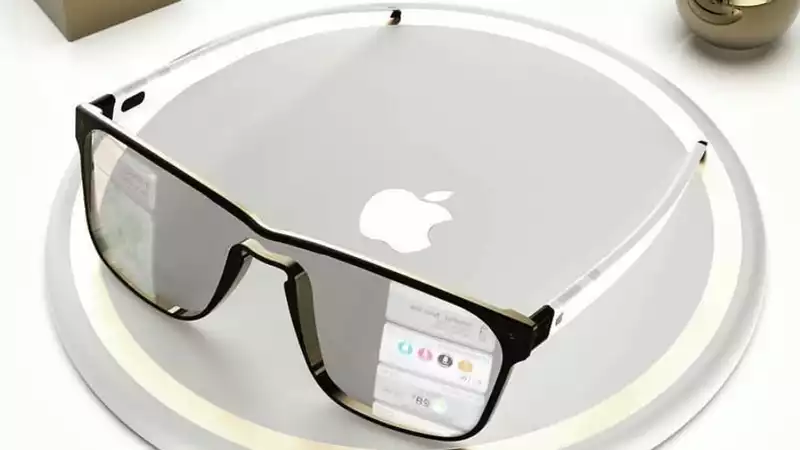Apple's smart glasses have been the subject of a flurry of new patents in recent weeks, forcing the company to think creatively Following a patent that conjures up interactive Google Street View and a patent that conjures up ways to navigate using subtle sound cues, the company has been granted a patent for a more practical version of Apple Glass
As discovered by Patently Apple, the new patent, filed earlier this year, focuses on some of the practicalities of eye tracking This is quite important for AR applications because, as the name implies, it means that the hardware can figure out where you are looking and compensate for it
Currently, it is possible to do eye tracking with existing hardware, but it is resource-intensive, both in processing and in the raw energy required In other words, current solutions require more robust specs to compensate for larger batteries
Typically, "the head-mounted device includes an eye tracking system that determines the direction of gaze of the user of the head-mounted device," the patent reads
"The eye tracking system often includes a camera that transmits an image of the user's eyes to a processor that performs the eye tracking
This is not the case with Apple Glass The company notes that transmitting images "at a frame rate sufficient to enable eye tracking" requires a communication link with significant bandwidth, which "increases the heat and power consumption of the head-mounted device"
Apple's solution is to ditch the camera altogether and use light instead While it is not always comfortable to have rays of light shining directly into the eyes, Apple's technology is sensitive enough that it would not be noticed
"[One] method," Apple writes, "[involves] emitting light from multiple light sources with varying intensity toward the user's eyes" The method includes receiving light intensity data indicating the intensity of the emitted light reflected by the user's eyes in the form of a plurality of glints The method includes determining an eye tracking characteristic of the user based on the light intensity data"
In other words, by monitoring light reflection, Apple believes it has enough information to accurately assess where a person is looking at any given time
Even if this patent is ever used, it will be a long time before we see it in action; the earliest any version of Apple Glass is rumored to be next spring, with more pessimistic estimates putting it in 2023 Optimistic predictions put it in 2023 On the bright side, there is plenty of time for eye-tracking technology to function fully and seamlessly right out of the box










Comments